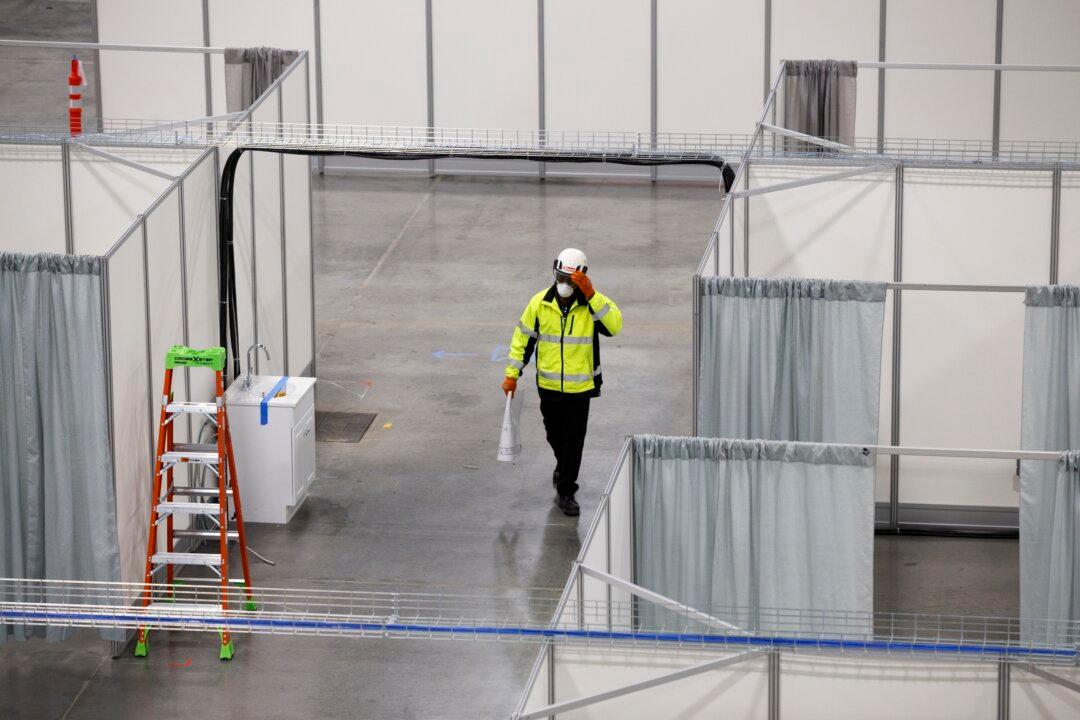Army engineers say they are building fewer hospitals than anticipated, with some governors and mayors scaling back plans as the virus curve flattens and allows extra time to assess the situation.
“The virus gets a vote,” said Lt. Gen. Todd T. Semonite, commander of the U.S. Army Corps of Engineers, saying that demand had been lower than anticipated, with the virus curve changing and varying from state to state.





